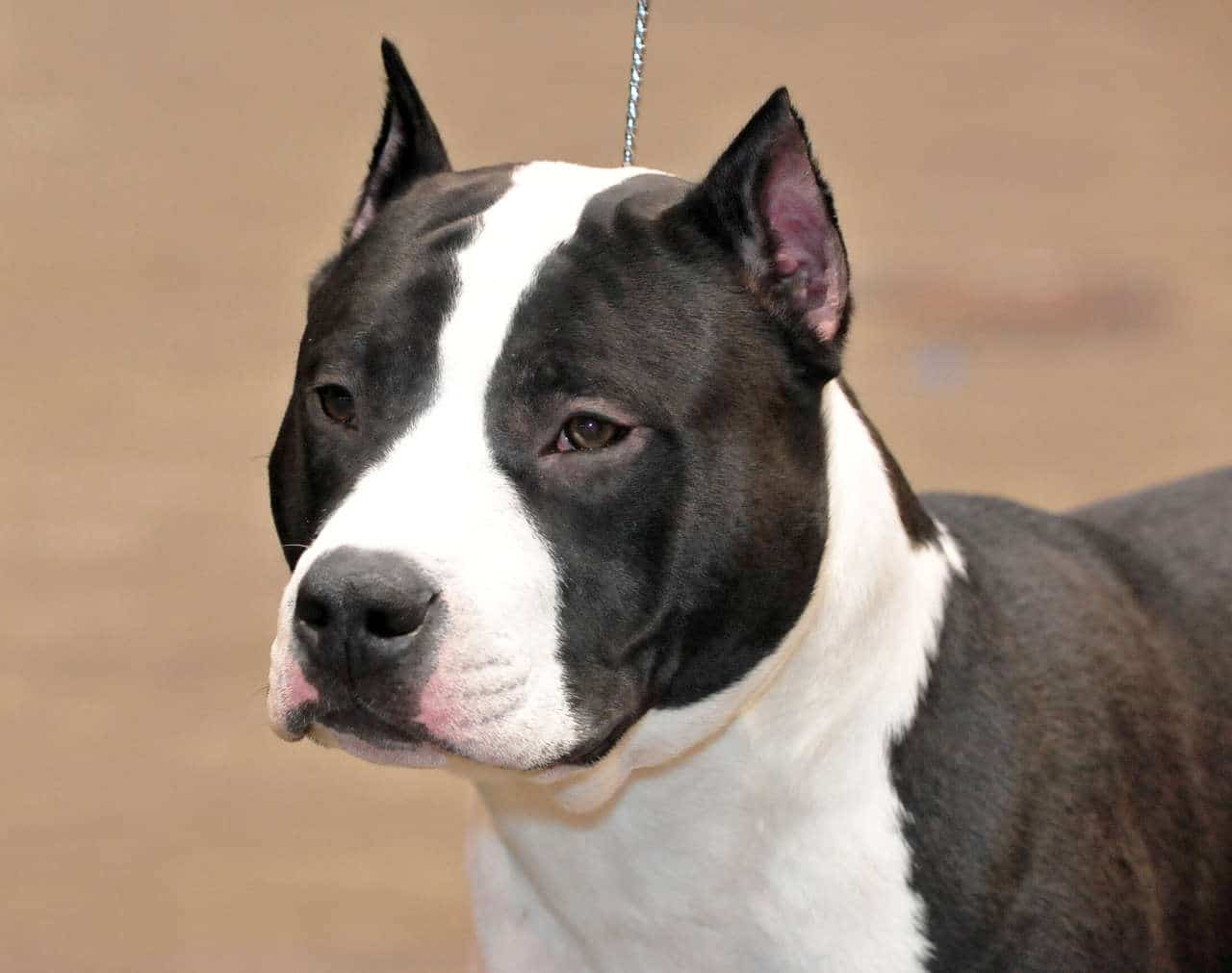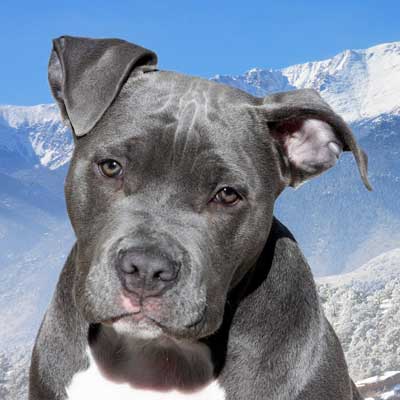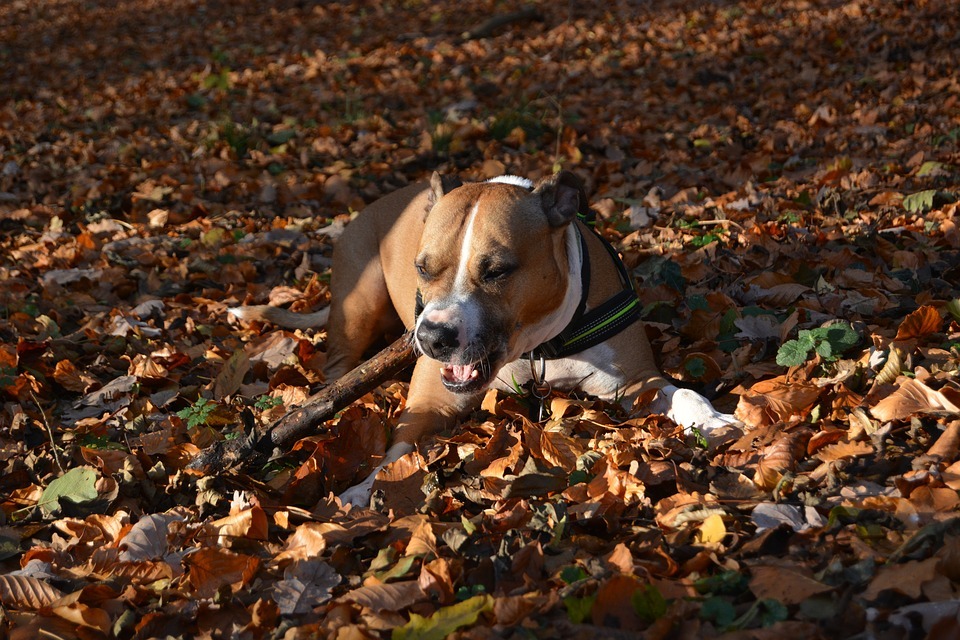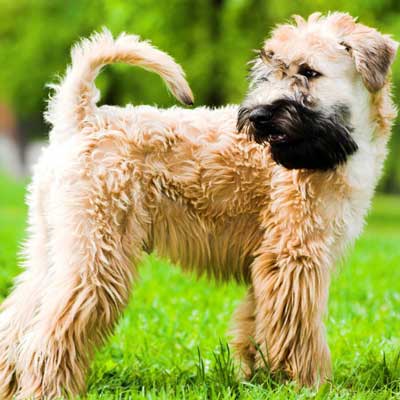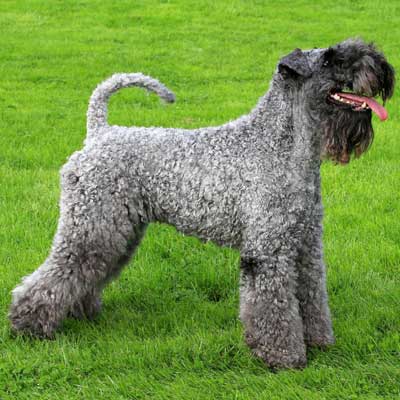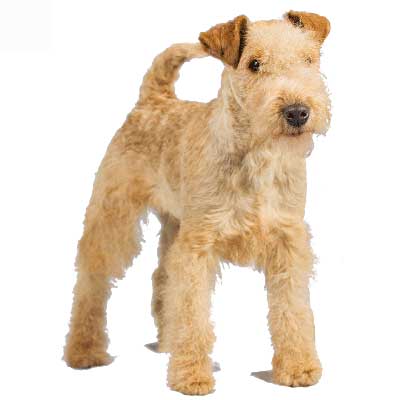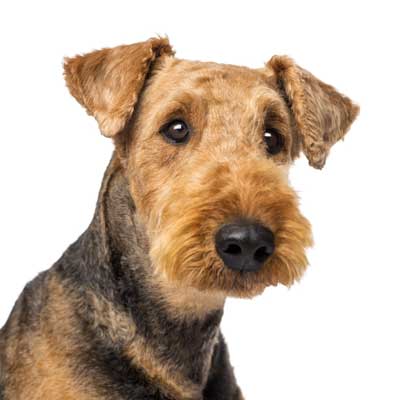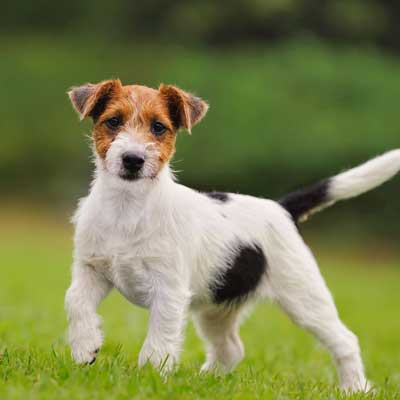American Staffordshire Terrier
Nice and well balanced, it is a family dog
The ancestors of the modern American Staffordshire Terrier hail from England and were a mix between Bulldogs and Terrier breeds. Their mixed heritage earned them many names, including Bull-And-Terrier Dog, Pit Bull Terrier, and Half and Half. Eventually, they came to be known as Staffordshire Bull Terriers. These dogs were used by butchers to manage bulls, hunters to bring down wild boars, and farmers to help with farm work and act as ratters and family companions because they were so affectionate to humans. Later, they were used in the barbaric sports of bull-baiting and bear-baiting due to their tenacity, courage, and muscular build. When these blood sports were eventually outlawed, they were used in dog fighting rings, which sadly continues in illegal events to this day. It is because of their misuse by humans that they carry their reputation as an aggressive breed. Around 1850, many of these dogs made their way to America. They started to become known as American Pit Bull Terriers, Pit Bull Terriers, American Bull Terriers, and Yankee Terriers. Around the turn of the 20th century, they were recognized by the United Kennel Club (UKC) as American Pit Bull Terriers.
-
Head
Medium length, deep through. -
Head - Cranial Region
Skull: broad.
Stop: Distinct. -
Head - facial region
Nose: Definitely black.
Muzzle: Medium length, rounded on upper side to fall away abruptly below the eyes.
Lips: Close and even; no looseness.
Jaws/Teeth: Well defined. Under jaw strong and to have biting
power. Upper teeth to meet tightly outside lower teeth in front.
Cheeks: Very pronounced cheek muscles.
Eyes: Dark, round, low down in skull, set far apart. No pink
eyelids.
Ears: Set high. Cropped or uncropped, the latter preferred.
Uncropped ears should be short and held rose or half prick. Full
drop to be penalized. -
Neck
Heavy, slightly arched, tapering from shoulders to back of
skull. No looseness of skin. Medium length. -
Body
Topline : Back fairly short. Slight sloping from withers to rump with
gentle short slope at rump to base of tail.
Loins: Slightly tucked.
Chest: Deep and broad. Well sprung ribs; close together, deep in
rear. -
Tail
Short in comparison to size, low set, tapering to fine point;
not curled or carried over back. Not docked. -
Forequarters
Front legs straight, with large bones. Set rather wide apart to permit chest development.
Shoulders: Strong and muscular, with blades wide and sloping.
Pastern: Upright.
Forefeet: Of moderate size, well arched and compact. -
Hindquarters
Well muscled.
Hocks: Let down, turning neither in nor out.
Hind feet: Of moderate size, well arched and compact. -
Feet
Of moderate size, well arched and compact. -
Gait / Movement
Springy but without roll or pace. -
Coat - hair
Short, close, stiff to the touch, glossy. -
Coat - colour
Any colour, solid, particolour, or patched is permissible; but
more than 80% white, black and tan, and liver not to be encouraged. -
Size
Height and weight should be in proportion.
A height of about eighteen to nineteen inches (46 - 48 cm) at the shoulder for the male and seventeen to eighteen inches (43 - 46 cm) for the female to be considered preferable. -
Faults
Any departure from the foregoing points should be considered a fault and the seriousness with which the fault should be regarded should be in exact proportion to its degree and its effect
upon the health and welfare of the dog.
• Dudley nose.
• Undershot or overshot mouth.
• Light eyes.
• Pink eyelids.
• Tail too long or badly carried.

